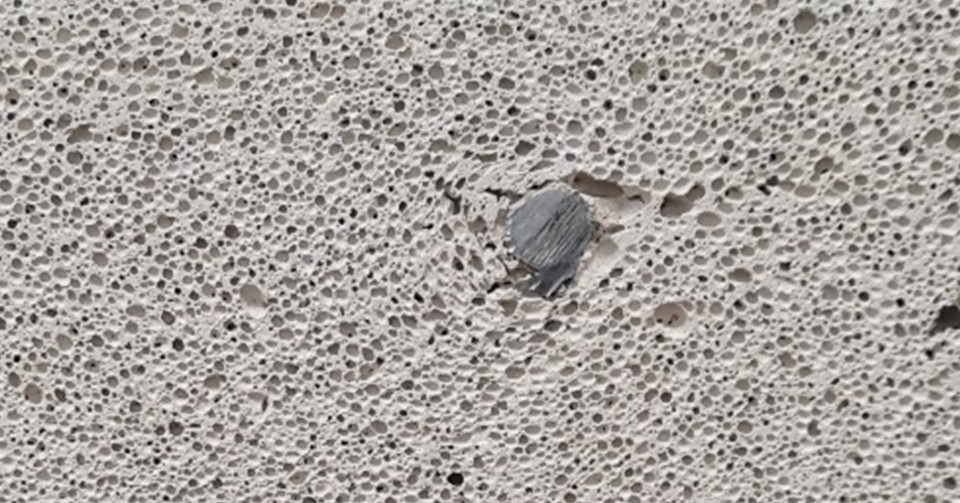Reinforced Autoclaved Aerated Concrete (RAAC) has been in the news spotlight recently with more than 100 schools in England closing over safety concerns of a type of concrete prone to collapse. At GIA we have experienced surveyors who understand how RAAC can effect properties and can advise on strategies to mitigate disruption and associated costs.
What is Reinforced Autoclaved Aerated Concrete (RAAC)?
RAAC is a reinforced form of lightweight concrete used to form panels or planks which contains no aggregate unlike common concrete, it was primarily used in flat roofs but also in some floor and wall panel construction in the UK from the mid-1950s to the mid-1990s and was used in a range of building types, both public and private sector, but is believed to be more common in schools, hospitals and public buildings.
Why are there concerns about RAAC?
RAAC has proven to be not as durable as other concrete building materials with a lifespan of approximately 30 years therefore many installations are deemed life expired. The Health and Safety Executive (HSE) has recently advised that RAAC has exceeded its anticipated lifespan, potentially leading to unexpected collapse although RAAC can last longer if the building is well maintained. RAAC can fail, particularly if it has been damaged by water ingress from leaking roofs which causes corrosion of the reinforcement. Further more if the RAAC was not formed correctly when originally made or poorly installed or works such as cutting the reinforcement bars on-site are undertaken this can dramatically reduce the end bearing capacity of the planks and lead to failure.
How can GIA help?
We understand the challenges of assisting clients from single properties owners to those with large portfolios and have the knowledge and expertise to help you identify RAAC. GIA’s building surveyors can conduct desktop and site-based assessments to locate RAAC and provide essential information. GIA can provide recommendations for short and long term strategies to ensure the structural safety and integrity of your buildings.
Various guidance notes have recently been issued on RAAC by industry regulatory bodies set the vulnerability of RAAC, emphasising its significant deviation from traditional concrete in terms of strength and composition.
If you have any queries or concerns following the recent news stories about Reinforced Autoclaved Aerated Concrete (RAAC) we are happy to help.
Get in touch: email joe.bradbury@gia.uk.com
Useful info:


